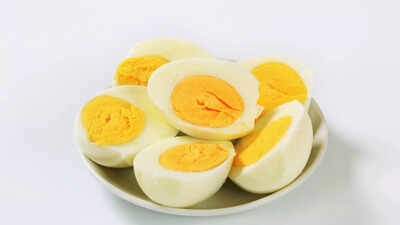The lure of a pre-flight latte or a terminal tuna sandwich feels harmless down at the gate, yet the same snack can turn into mid-air misery once the doors close and the pressure climbs. Cabin altitude hovers between six and eight thousand feet, humidity drops to desert levels, and the air you breathe is recycled in a closed loop. Those conditions dry out mucous membranes, slow digestion, and trap intestinal gas. Taste buds go partly numb, so airlines over-season meals, passengers chase stronger flavours, and the cycle amplifies.According to Economic Times reports, veteran flight attendants see the fallout every day—bloating, queasy stomachs, restless neighbours, and odours that linger row after row. They have distilled their experience into a simple rule: the lighter, blander, and cleaner the food or drink, the smoother the flight. Below, you will find the six categories they most often tell friends and family to avoid, with plain-language reasons that link the galley to human biology.
Stop eating these foods on the plane, flight attendants say
Cabin coffee and tea are a hygiene gambleOn many carriers, the boilers that heat water for hot drinks pull from storage tanks hidden beneath the floor. Those tanks pass routine safety checks, yet deep cleaning can be weeks apart on busy routes, leaving biofilm in the lines. Flight attendants often refuse in-flight coffee for that reason, choosing canned caffeine from the service cart or bottled drinks bought in the terminal instead. The brew is also a poor pick for hydration: low cabin humidity already dries tissues, and a diuretic mug of weak coffee only hurries water loss. A short flight may leave you merely parched. A trans-Atlantic leg can end with a pounding head and a sore throat.
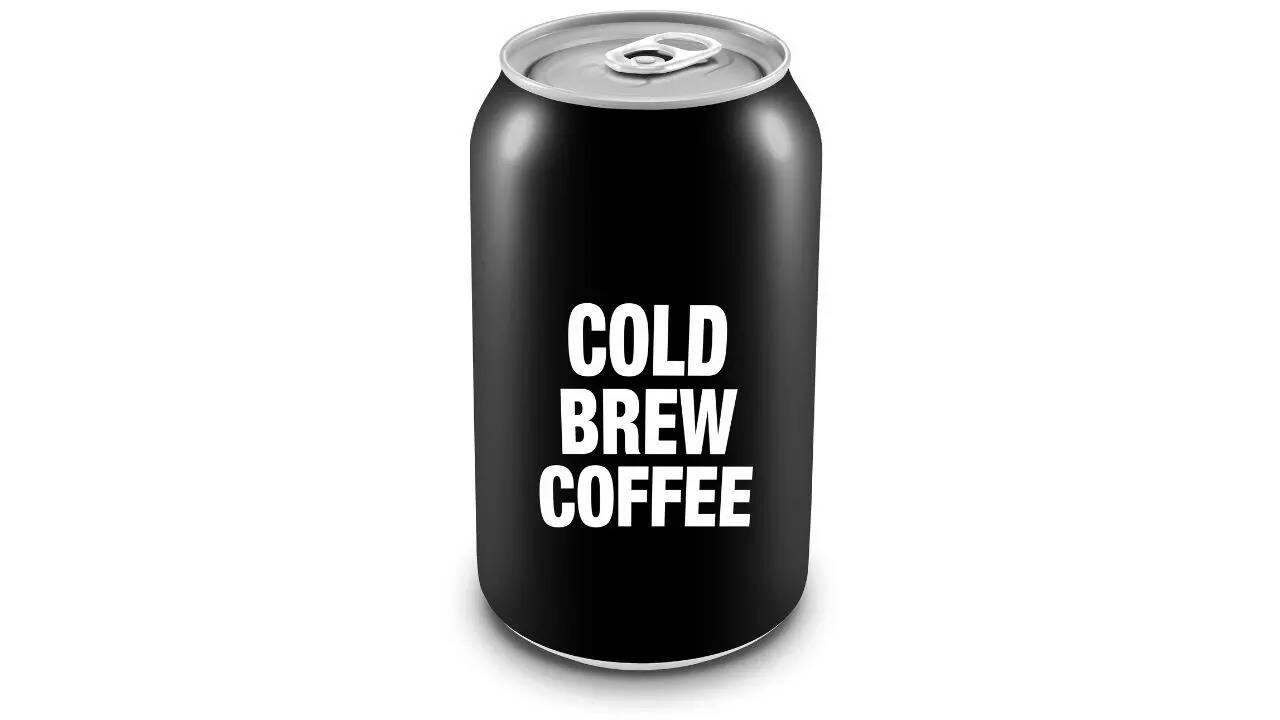
Canned coffee
Gas-producing foods swell painfully at altitudeBeans, broccoli, cabbage, and carbonated sodas share a trait: they generate extra gas as gut bacteria break them down. Under lower cabin pressure, that trapped air expands by roughly a third, stretching intestinal walls and causing cramps that a tight seat belt makes hard to ignore. The tension can linger until descent restores ground-level pressure. Flight attendants therefore recommend saving cruciferous vegetables, sparkling water, and fizzy soft drinks for after landing. Still water, plain bread, or rice crackers satisfy the need to chew without priming an in-flight balloon.
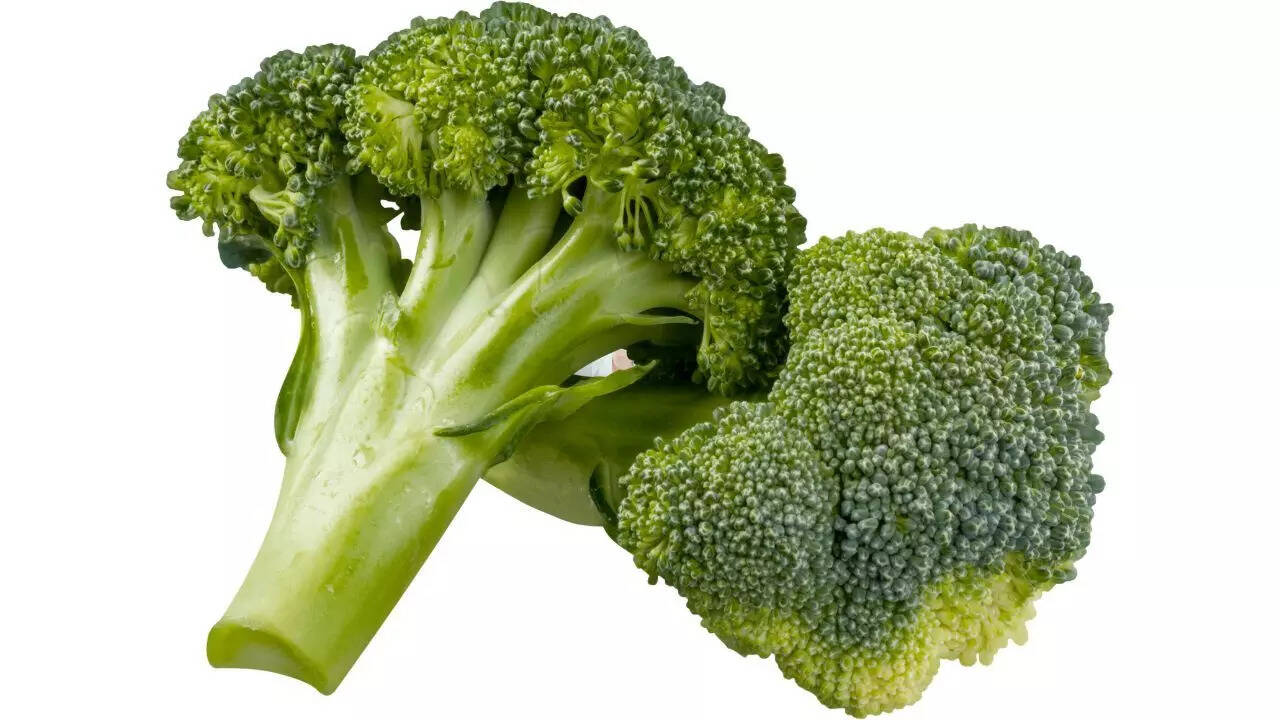
Broccoli
Strong smells become everyone’s problemA tube of metal with limited fresh-air intake turns odours into long-lasting cabin guests. Foods like tuna salad, hard-boiled eggs, blue cheese, or garlic-laden leftovers release sulphur compounds that recirculate for hours. You may feel fine—your nose desensitises quickly—but passengers three rows away might fight nausea each time fresh air cycles past. Even airlines that sell food keep their menus mild for that reason. Bringing a neutral sandwich—plain chicken, a gentle cheese, or roasted vegetables—is an easy courtesy to seat-mates and crew alike.
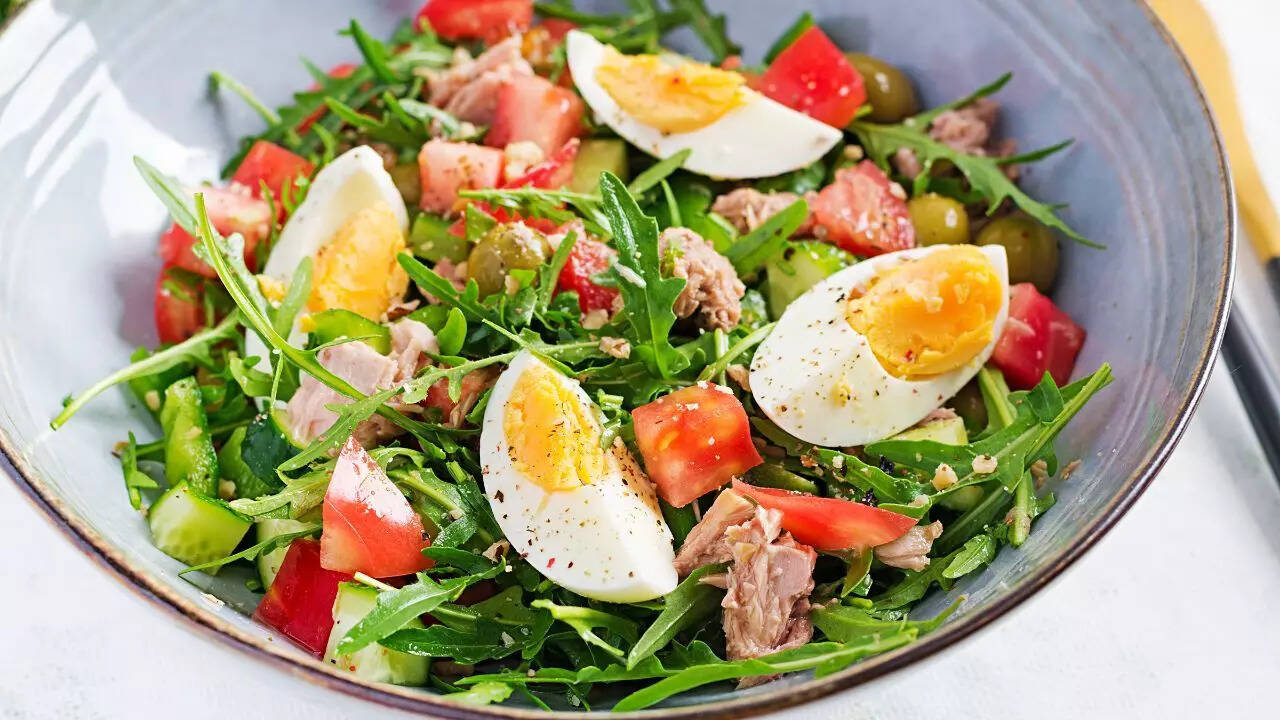
Tuna salad
Nut snacks can threaten fellow travellersPeanuts and tree nuts rank high among airborne allergens. A tiny smear of peanut butter on a tray table or a whiff of nut dust stirred by the overhead vent can spark a severe reaction in sensitive passengers. Some airlines announce nut-free flights when told in advance, yet policies vary. Seasoned flight attendants quietly leave nut bars at home and suggest seed mixes, oat biscuits, or fruit instead. The small substitution protects strangers and spares the crew an emergency diversion.
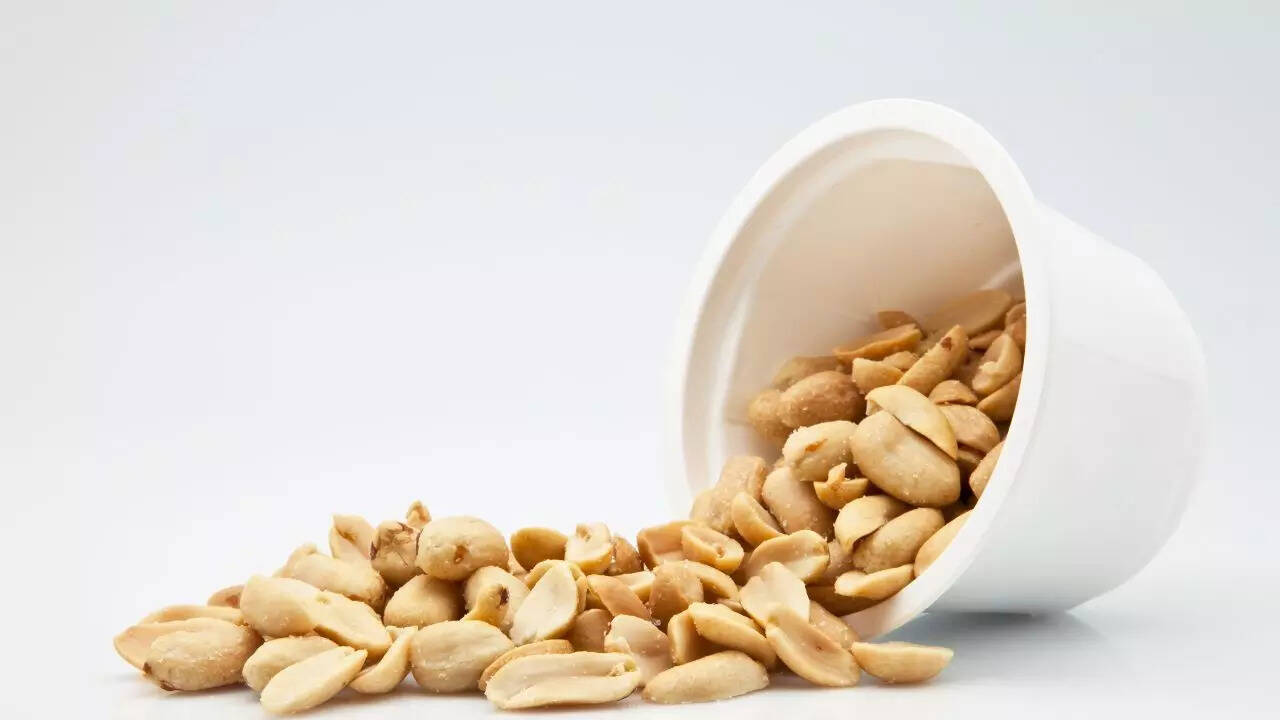
Peanuts
Rich dairy and salty, greasy meals tax a stressed stomachLow humidity slows gastric emptying, so heavy cream sauces, cheesy casseroles, or fast-food burgers sit longer in the gut. Lactose can ferment, fat can reflux, and sodium can bloat fingers and ankles before you see the first glimpse of the in-flight map. Meals that taste bland on the ground arrive even duller at altitude, tempting you to add more salt from the packet. Flight attendants advise choosing lean protein, steamed vegetables, or simple carbohydrates, then seasoning lightly. You will step off the aircraft with steadier energy and fewer antacid tablets.
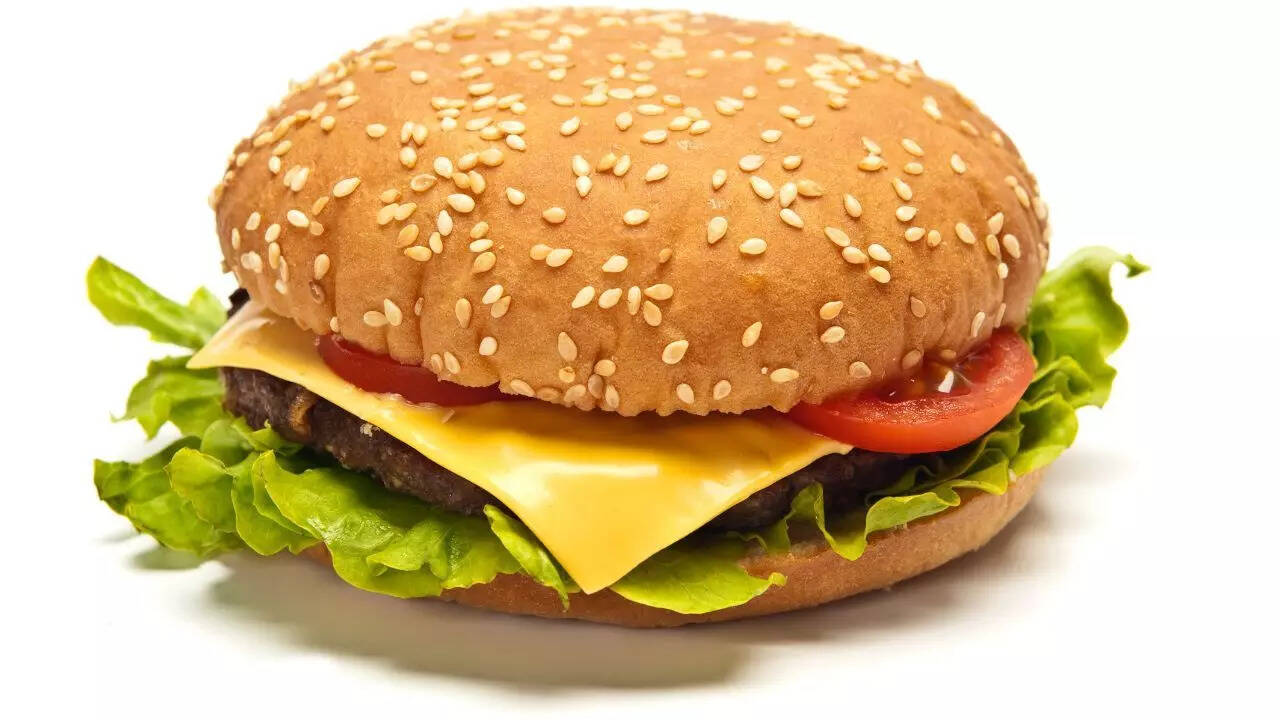
Burgers
Alcohol magnifies dehydration and jet lagOne drink in the air equals roughly two on the ground in terms of dehydration. Alcohol accelerates fluid loss, disrupts the sleep cycle just when you need rest, and can worsen the foggy head known as jet lag. Crews do not forbid an occasional glass of wine, but they suggest matching each alcoholic beverage with at least two cups of water and stopping altogether a few hours before the scheduled landing. Your internal clock and your complexion will thank you.

Alcohol

